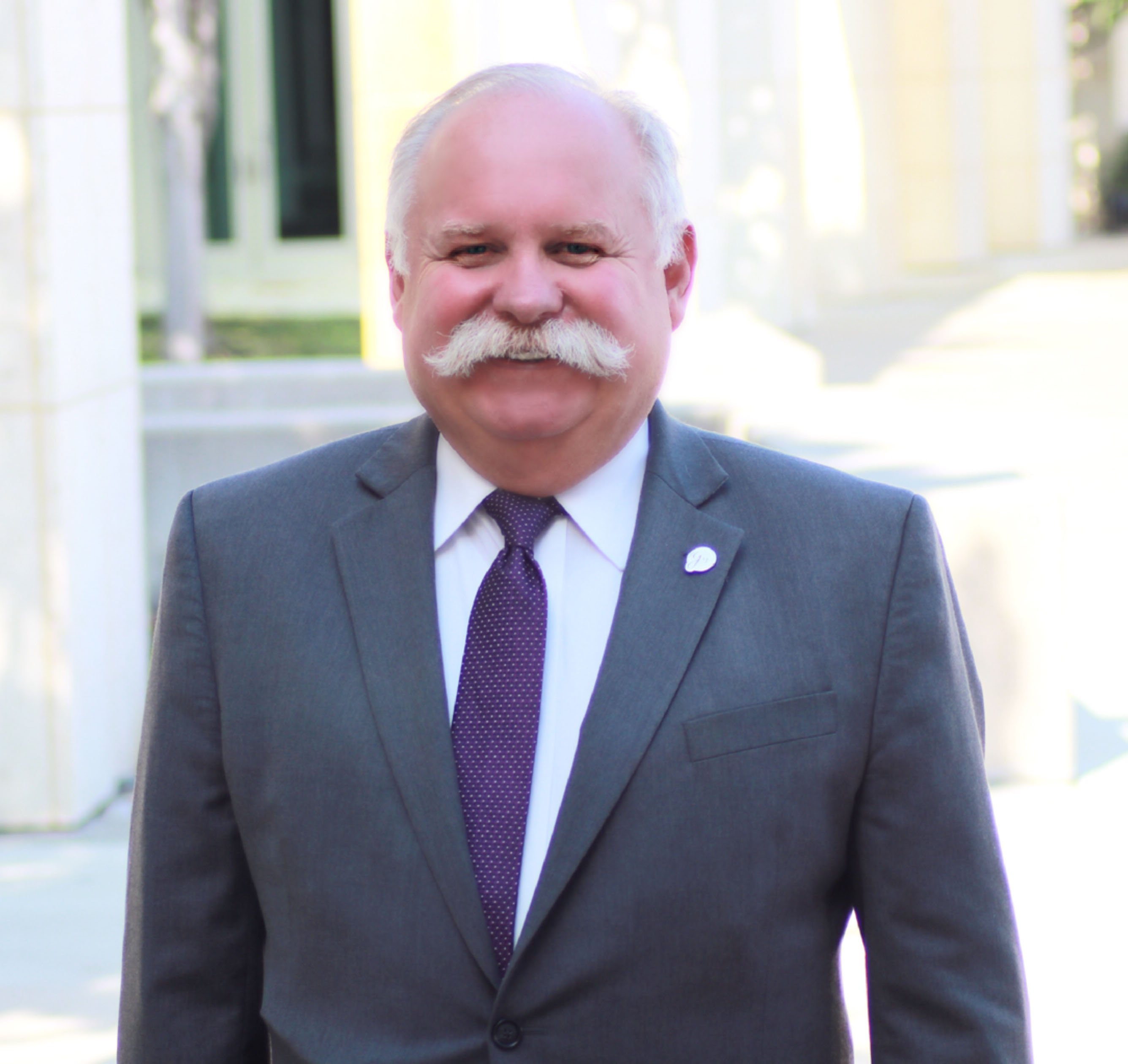 Long-term planning is one of the most valuable tools for managing community associations. A good plan will establish goals that need to be set for the association and methods of monitoring those goals through the timeframe of the project. For on-site managed communities, a long-range plan is of particular importance. While board change as their terms is usually only two or three years, the association will continue long after the board members retire from the board or leave the community. Having a plan in place promotes
Long-term planning is one of the most valuable tools for managing community associations. A good plan will establish goals that need to be set for the association and methods of monitoring those goals through the timeframe of the project. For on-site managed communities, a long-range plan is of particular importance. While board change as their terms is usually only two or three years, the association will continue long after the board members retire from the board or leave the community. Having a plan in place promotes
consistency in the management of the community and allows the on-site staff to have clear performance objectives..
Additionally, if the program is created correctly, it will allow the board to continue with goals set by previous boards or modify as needed. A long-term plan is a living document that is made to be updated, and it can be amended from time to time.
Having a comprehensive plan considers all the components of the community; which would include the association amenities and other common areas. Those common areas could comprise green space, roads, golf courses, equestrian centers, spas, tennis courts, pickleball courts, and so on. In addition to the amenities, the plan should consider the lifestyle of the community and the long-term lifestyle goals. In some active adult communities, there has been a shift in the type and need for some amenities. Some associations are converting some amenities to alternative uses through planning. A recent example I have seen is an association with multiple tennis courts that were not being used. The community association decided to have pickleball courts installed over the tennis courts. This increased usage and change in the lifestyle component were obviously what the community wanted, and a plan was created and implemented.
Because of their complexity, on-site managed communities have significant amenities and therefore a reserve study is essential. It is crucial that the association's reserve study be at the core of the plan, providing actual long-term costs associated with it. While creating a plan can be complex, it is a process that can be quickly organized and takes on a life of its own.
Here are the six basic steps in creating and monitoring a Long-Term plan:
Step 1
Determine where you are now. What are your needs, costs, and requirements? What is the lifestyle of your community?Step 2
Where do you want to be in five or ten years? (Shorter-term plans can be established in this process as well)Step 3
Work with the board, owners, staff, and other constituents to brainstorm the plan. A good committee or multiple committees representing the different interest groups like finance, golf, quilting, equestrian, youth sports, etc. are invaluable in creating a strategy, and they are always willing to help.Step 4
Establish a timeline for the plan, set goals that can be achieved, and the time involved including funding.Step 5
Prioritize, delegate and implement. Typically on-site staff is responsible for carrying out the long-term plan. You will want to be certain everyone is clear on what their roles and responsibilities are in the implementation of the plan. Having a clear understanding of roles and responsibilities is also a useful tool to measure performance.Step 6
Continuously monitor progress and modify as needed. Always remember changing the plan is expected, and it should be a living document. Without a doubt, there will be changes in regulations, demographics, environmental concerns, and other factors that will affect the plan. Be aware of those and modify it to keep your plan as current as possible.
In summary, on-site managed community associations have an invaluable asset in their on-site General Manager and management company. The on-site staff should be able to organize the process, develop, implement and monitor a long-term plan with the board's direction and oversight. If you follow the basic six steps in creating a long-term plan the association can be successful and the lifestyle of the community will live on and thrive.

